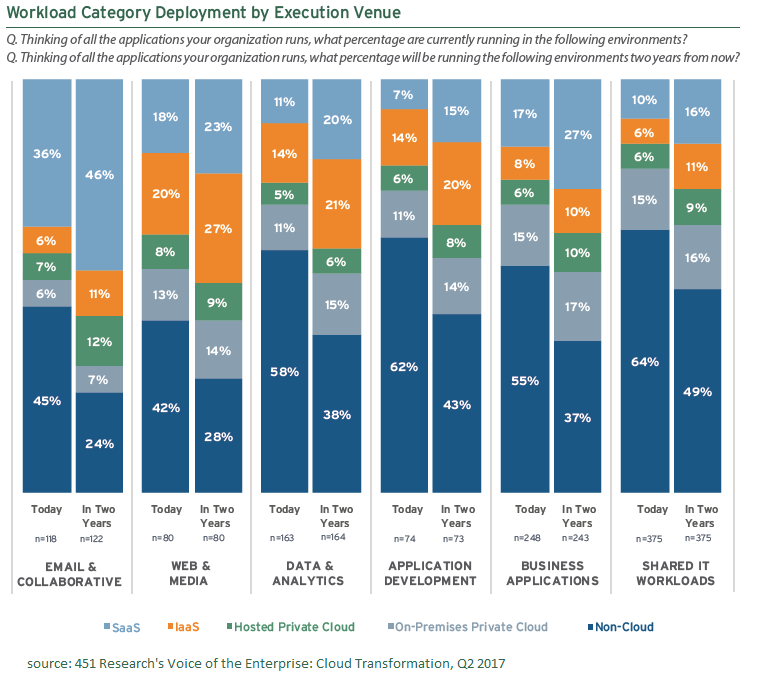Contact: Scott Denne
NetApp’s reach for Greenqloud marks its third deal of 2017 as the storage vendor climbs its way out of a rocky couple of years. With the purchase of the cloud management provider, NetApp turns 2017 into a busy – although thrifty – year for M&A.
According to 451 Research’s M&A KnowledgeBase, NetApp has never before bought more than two companies in a single year. The price it’s paying for Greenqloud hasn’t been disclosed, but the target has a modest headcount and raised little funding. In its other two transactions this year – Immersive Partner Solutions and Plexistor – NetApp shelled out less than $30m in cash (total). None of the three warranted a press release – instead they were announced via quarterly earnings calls.
After five years of revenue declines, NetApp’s sales are beginning to level off. In its last quarter (the first of its fiscal year), revenue rose 2% to $1.3bn and its profit increased by 2x. Part of its strategy for getting back to growth and improving margins has been a focus on flash storage with its last major acquisition, SolidFire ($870m).
Another part of the company’s strategy, unusual among storage OEMs, is its expansion of hybrid cloud storage capabilities. NetApp’s desire to push its cloud connections forward drove both today’s deal and its pickup in May of Immersive Partner Solutions, which makes hybrid cloud monitoring software. Greenqloud brings NetApp a team that’s been offering public cloud management since 2010, and its Qstack product gives NetApp the technology architecture to expand its delivery of cloud services.
For more real-time information on tech M&A, follow us on Twitter @451TechMnA.


